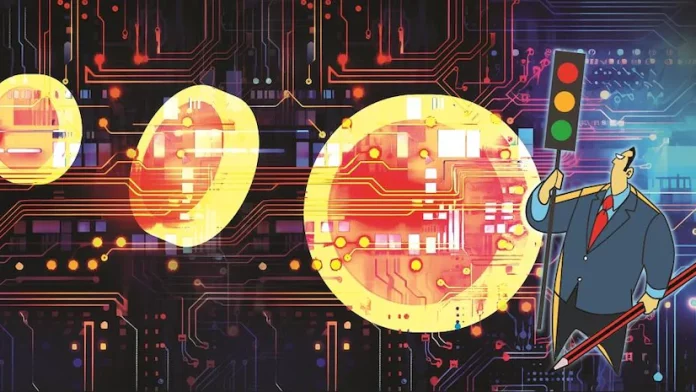Japan’s Nikkei index saw a significant recovery, closing up 10% to 34,500, according to Reuters and WSJ. The previous day, it had plunged 12.4% to 31,458, marking the steepest drop since Black Monday in 1987.
The S&P 500 index increased by 1%, and as of 12:13 Moscow time, it was up 0.5%. Nasdaq 100 futures rose by 1.7%, Bloomberg reports, while the Dow Jones industrial index climbed 0.5%.
Also Read: Top 5 Potential Listings: MemeFi, Gemz, X Empire, Hamster Kombat, DOGS
Bitcoin also showed gains, with its rate reaching $55.1 thousand, peaking at $56.2 thousand, per CoinDesk. The day before, Bitcoin had dropped to $49.3 thousand amidst a broader cryptocurrency market decline. Other cryptocurrencies are also on the rise: Ethereum (+5.4%), Solana (+12.7%), Toncoin (+2.7%), Dogecoin (+11.2%), BNB (+7%), and more.
Following the global trend, the Moscow Exchange index fell by 2.42% by the end of trading on August 5. On the morning of August 6, it opened with a 1.14% increase but slowed to 0.4% by midday.
Must Read: Black Monday Hits Crypto: $500 Billion Market Drop
The market downturn on August 5, 2024, stemmed from concerns over a potential US economic recession. Data from the US Department of Labor on August 2 indicated that unemployment had reached 4.3% in July, the highest since October 2021. The Federal Reserve had maintained the interest rate at 5.25-5.5%, leading to speculation that the Fed might be misjudging the economic situation by keeping the rate unchanged since July 2023.
Reuters notes that the Fed is striving to stabilize markets, with San Francisco Fed President Mary Daly stating the regulator’s readiness to cut rates if necessary.
Additionally, the US services business activity index rose to 51.4 points in July 2024, up from 48.8 points in June, which helped alleviate some concerns. Bloomberg suggests that upcoming economic data will play a crucial role in influencing both the stock market and the Fed’s future rate decisions.


